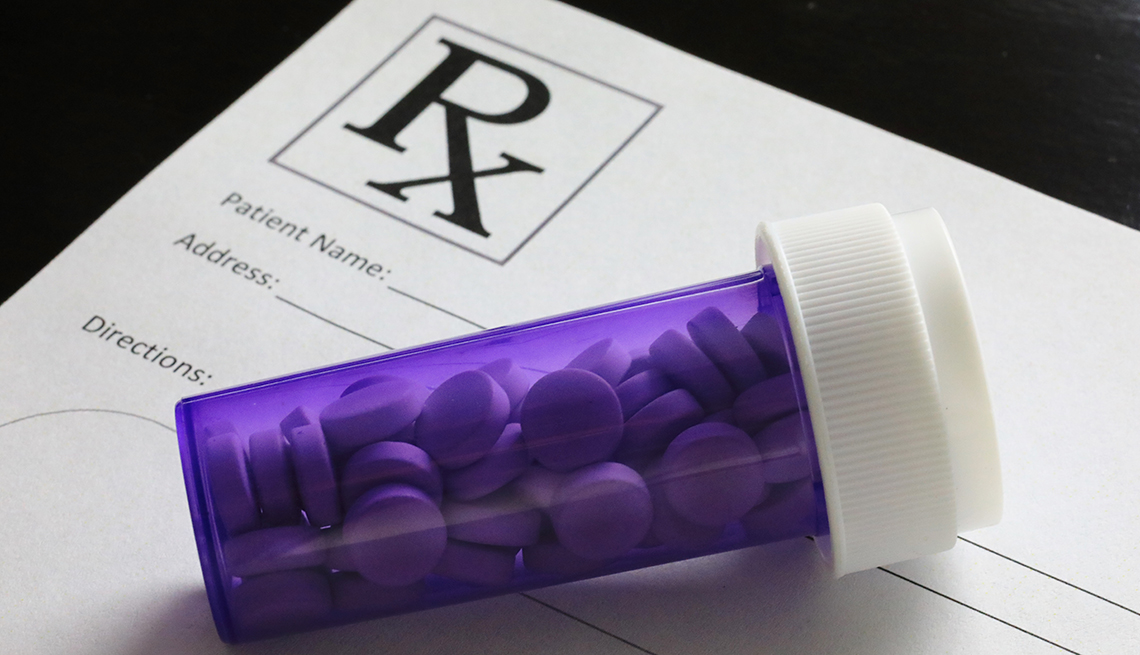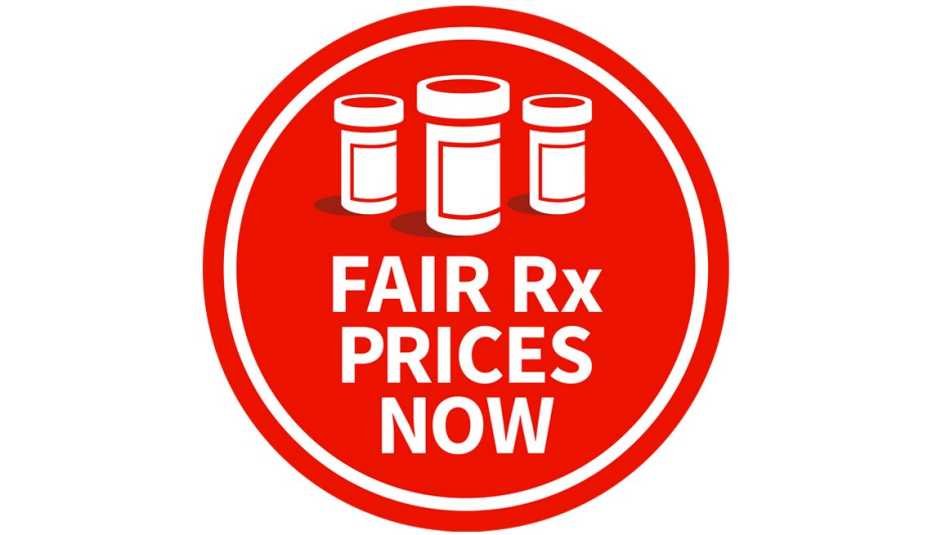Staying Fit
Retail prices for some of the most popular generic prescription drugs older Americans take were 18 times lower in 2017 than for the brand-name medicines, a gap that has been consistently widening, according to a new report from AARP’s Public Policy Institute (PPI).
PPI’s latest Rx Price Watch study found that the average annual retail prices for 390 commonly used generics fell by 9.3 percent in 2017. The report also found that the cost for a typical generic medicine used to treat a chronic illness averaged $365 that year, while the cost for a typical brand-name drug used to treat that illness averaged $6,798.


AARP Membership— $12 for your first year when you sign up for Automatic Renewal
Get instant access to members-only products and hundreds of discounts, a free second membership, and a subscription to AARP the Magazine.
The price gap between brand names and generics has widened considerably. In 2013, brand-name drugs were nearly six times as expensive as generics, but by 2015 they cost 12 times as much, and by 2017 brand-name drugs cost 18 times as much as generic drugs. On average, older Americans take 4.5 prescription drugs each month.
“The magnitude of the difference between the average retail prices for brand-name drugs and the average retail prices for generic drugs is growing and it is substantial,” says Leigh Purvis, AARP’s director of health services research, who wrote the Rx Price Watch report with Stephen Schondelmeyer of the University of Minnesota’s PRIME Institute.
The report on 2017 generic prices is the latest in a series of AARP studies tracking the changes in prescription drug prices since 2004. This year's findings come as AARP pursues a major campaign — Stop RX Greed — to call on Congress to work with the administration and state lawmakers to lower prescription drug prices.
The findings drive home the importance of making it easier to get more generic drugs on the market, Purvis says. AARP is supporting legislation designed to do just that — including measures that would ban “pay for delay” deals through which brand-name drug manufacturers compensate generic drug companies not to produce competing products, and the CREATES Act, which would allow generic manufacturers to sue brand-name drugmakers that deny them the product samples they need to safely develop these versions.


































































